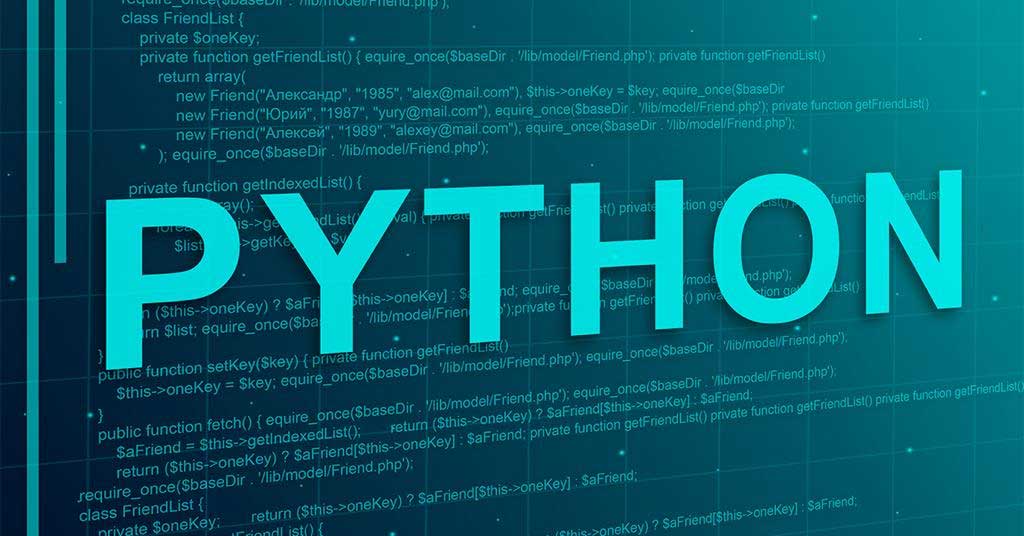With the help of transformers, BERT was able to complete several NLP jobs with cutting-edge performance. BERT does exceptionally well on the following tests:
- Addressing questions: One of the earliest chatbots powered by transformers, BERT has shown remarkable performance.
- Emotional evaluation: BERT, for instance, has demonstrated success in predicting whether movie reviews will use positive or negative punctuation.
- Text generation: BERT was able to generate lengthy paragraphs using basic cues, making it a forerunner of chatbots of the future.
- Summarising a text: BERT also demonstrated the ability to read and summarise texts from challenging fields like law and medicine.
- Translation between languages: Many languages’ worth of data were used to train BERT. Because of this, the model is multilingual, which makes it extremely suitable for language translation.
- Task Autocompletion: You can use BERT to perform autocomplete tasks. For example, in emails or messaging services.
Real-World Applications of BERT
While a large number of LLMs have been tested in experimental settings, few of them have been integrated into well-known applications. This is not the case with BERT, which millions of people utilise on a daily basis (albeit we might not realise that). To learn more about BERT, check out the online artificial intelligence course.
Google Search is a good example. Google declared in 2020 that it had integrated BERT into Google Search across more than 70 languages. In other words, highlighted snippets and content ranking are done by Google using BERT. Google may now use the context of your query to deliver relevant results thanks to the attention mechanism.
BERT’s variants and adaptations
However, this is but a portion of the tale. BERT’s open-source nature, which enables developers to access the original BERT’s source code and create new features and enhancements, is largely responsible for its success.
This has led to a sizable number of variations of BERT. Some of the most well-known variations are listed below:
- RoBERTa: RobBERTa, which stands for “Robustly Optimised BERT Approach,” is a BERT variation developed by Meta and Washington University. RoBERTa, regarded as a more potent variant of BERT than the original, was trained using a dataset ten times larger than that of BERT. The primary distinction in its architecture is in the utilisation of dynamic masking learning as opposed to static masking learning. With the help of this method, which entailed masking training data ten times, using a new mask approach each time, RoBERTa was able to acquire more reliable and broadly applicable word representations.
- DistilBERT: Larger and heavier LLMs have been developed steadily since the introduction of the first LLMs in the late 2010s. Given that there appears to be a clear correlation between model accuracy and size, this makes it reasonable. However, it is also true that larger models demand more resources to operate, which means that fewer people can afford to use them. By providing a more compact, quicker, less expensive, and lighter version of BERT, DistilBERT seeks to increase its accessibility. Using knowledge distillation techniques during pre-training, DistilBERT, which is based on the architecture of the original BERT, reduces the size by 40% while maintaining 97% of its language understanding skills and achieving a 60% speedup.
- ALBERT: ALBERT, which stands for A Lite BERT, was created especially to boost BERTlarge’s effectiveness during pre-training. Two parameter-reduction approaches were created by the creators of ALBERT in order to decrease memory consulting and boost training speed, as training larger models frequently causes memory constraints, longer training durations, and unanticipated model degradation.
Fine-tuning BERT for specific tasks
The separation of the pre-training and fine-tuning processes is one of the best features of BERT and LLMs in general. This implies that BERT’s pre-trained versions can be modified by developers to suit their unique use cases.
Regarding BERT, hundreds of optimised variants have been created for a broad range of natural language processing applications. The extremely short list of BERT versions that have been optimised is provided below:
- BERT-base-chinese: A version of BERTbase trained for NLP tasks in Chinese
- BERT-base-NER: A version of BERTbase customised for named entity recognition
- Symps_disease_bert_v3_c41: A natural language chatbot’s model for classifying diseases based on symptoms.
- BERT for Patents: Google trained a model called BERT for Patents on more than 100 million patents globally. Its foundation is BERTlarge.
Understanding BERT’s Limitations
BERT has all of the customary drawbacks and issues that come with LLMs. The amount and calibre of data utilised to train BERT determine its forecasts in every case. Insufficient, subpar, and biassed training data can cause BERT to produce unreliable, dangerous findings, or even what are known as “LLM hallucinations.”
This is particularly possible in the case of the original BERT as it was trained without the use of Reinforcement Learning from Human Feedback (RLHF), a common method that more sophisticated models (such as ChatGPT, LLaMA 2, and Google Bard) employ to improve AI safety. Through the use of human feedback, RLHF ensures more reliable, secure, and efficient systems by tracking and guiding the LEM’s learning process during training.
Moreover, even though it is a smaller model than other cutting-edge LLMs like ChatGPT, it still needs a sizable amount of processing power to run, let alone train it from the start. It might therefore not be usable for developers with minimal resources.
The Future of NLP and BERT
Among the earliest of the current LLMs was BERT. BERT, however, is still one of the most popular and effective LLMs and is by no means outdated. Today, BERT comes in hundreds of pre-trained versions and other variants for different NLP jobs because of its open-source nature.
Conclusion Check out the Artificial intelligence online training to learn more about BERT.


























